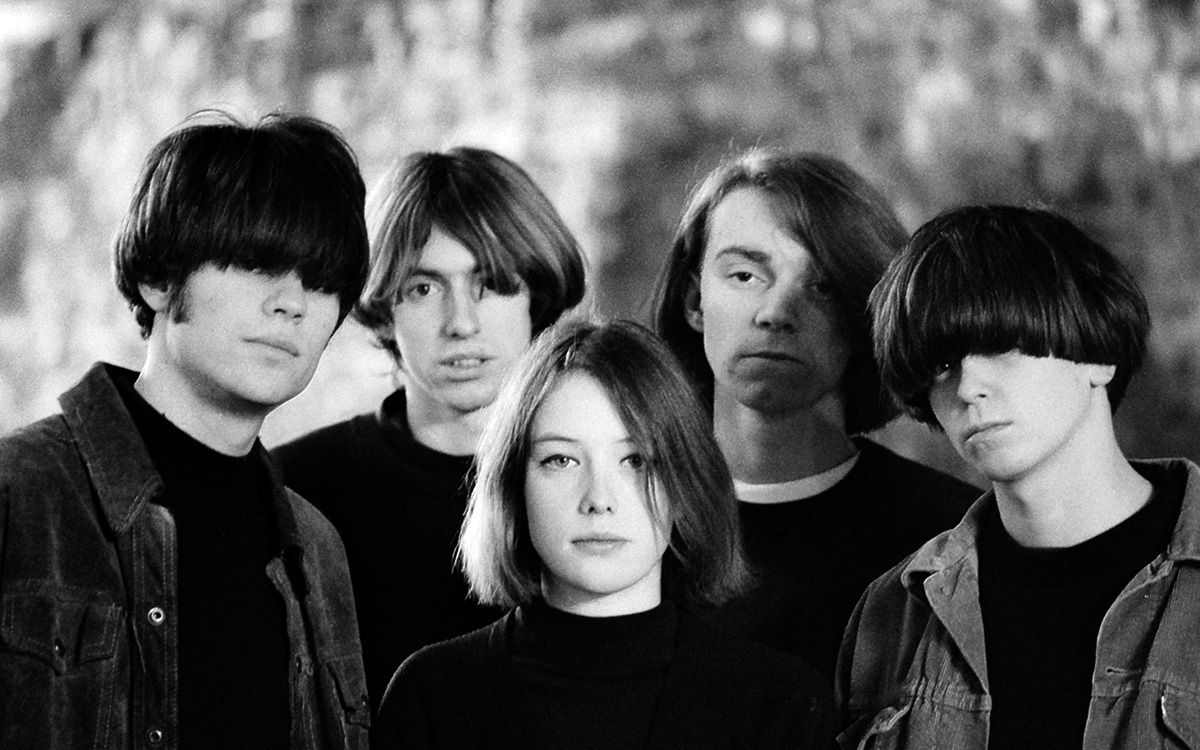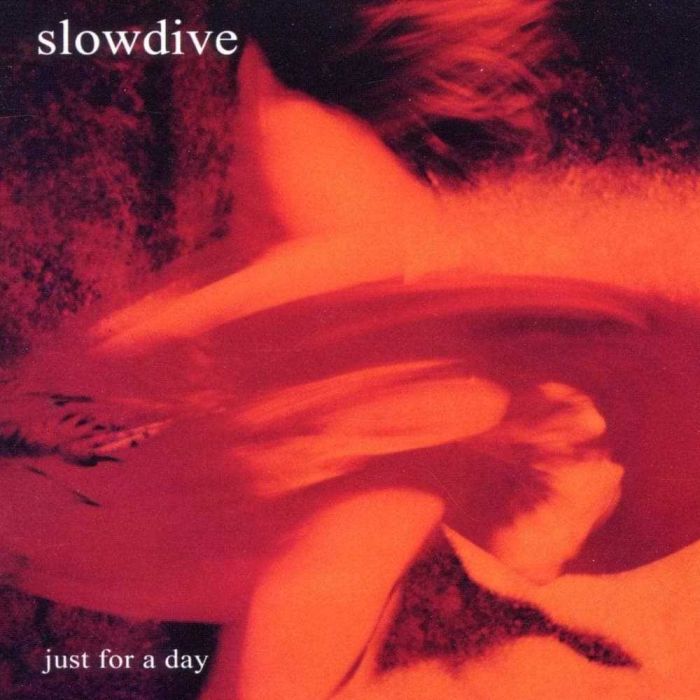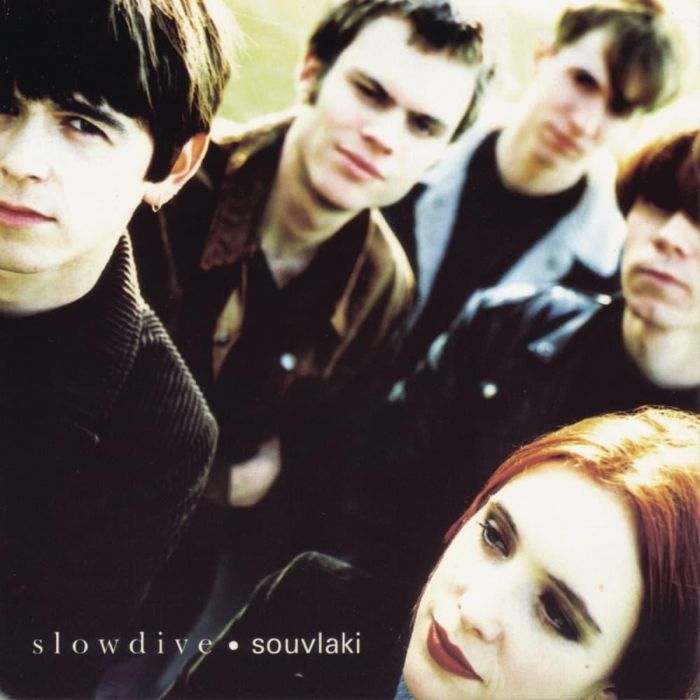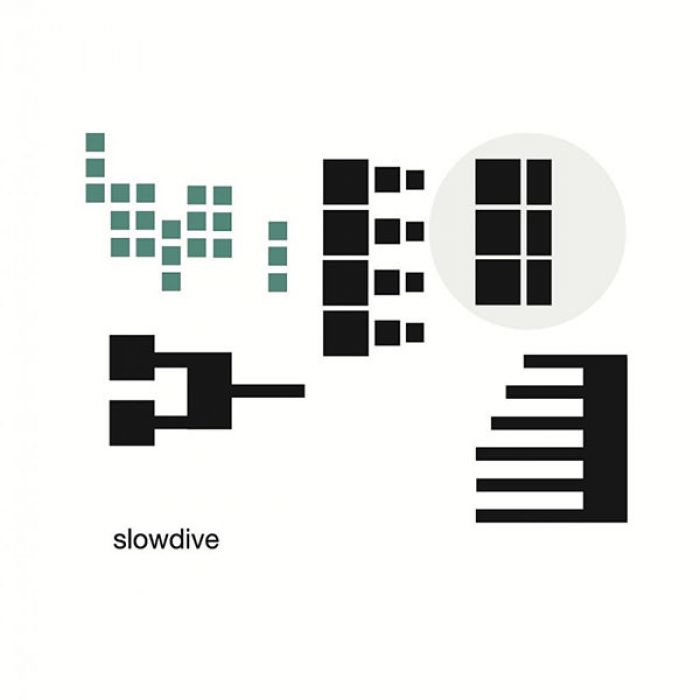Grace Notes: Slowdive

Grace Notes is a weekly exploration by Jason Morehead of signs of common grace in the music world. We hope to alert you to wonderful music, some of which will be spiritual in nature but all of which will be unique and worthy of your attention. Each week we will share brief reviews of albums worthy of your attention and maybe a video or two.
“What is your favorite band?” That’s a question that most music lovers probably dread. How do you judge that sort of thing? And yet, it’s probably safe to say that if pressed, most of us could probably think of a band that meets any “favorite band” criteria (most of the time, anyways). For me, that band is Slowdive.
Formed in 1989 by Neil Halstead and Rachel Goswell, Slowdive was one of the shining lights of the “shoegazer” scene (so named because its bands would perform while standing still and staring at their feet and their effects pedals). The shoegazer aesthetic was typified by an atmospheric sound built on layers of effects-laden guitars and dreamy vocals that were often treated as yet another instrument, blending in with the swirling, psychedelic instrumentation. Slowdive had this formula down to a science.
Just for a Day (1991)

After releasing several acclaimed singles, the band released their debut album, Just for a Day. It’s a bit rough around the edges — the band wrote and recorded the album in less than two months — but many gems can be found within that roughness. I fondly remember listening to a battered old cassette copy of Just for a Day while lying on my bedroom floor, and being absolutely entranced by songs like “Celia’s Dream,” “Ballad of Sister Sue,” and especially “Catch the Breeze.” Indeed, “Catch the Breeze,” with its ethereal climax and showcase for Halstead and Goswell’s vocal harmonies, still remains one of my favorite songs, period. And a song like “Primal,” with its beautiful yet ominous walls of sound, evokes Sigur Rós’ post-rock while predating Iceland’s famous sons by several years.
Souvlaki (1993)

After Just for a Day, the band was under pressure from their label to record a more “commercial” album. (Not coincidentally, the “Britpop” movement was getting into full swing around this time). The result was Souvlaki. Calling it “commercial” is a bit of a misnomer, though. Souvlaki is more polished than its predecessor, but it’s a far cry from the Blur and Suede albums released around the same time. It’s also the most diverse Slowdive recording, moving from straightforward shoegazer pop (“Alison,” “40 Days”) to ambient (“Sing,” a collaboration with Brian Eno), from celestial-sounding psychedelia (“Souvlaki Space Station”) to stripped down acoustic (“Dagger”). This is the Slowdive album that I listen to most often, and though it lacks some cohesion as an album, its individual songs are absolutely breathtaking (particularly the wistful “Altogether” and languid “Melon Yellow”).
Pygmalion (1995)

Even before Slowdive began recording what would be their final album, the writing was already on the wall. Britpop had begun its meteoric rise and nobody cared about shoegazer any more. The band’s label support was virtually non-existent (they had been dropped by their American label during their U.S. Souvlaki tour) and they were getting slammed by critics. The band responded with Pygmalion, as un-commercial an album as one could imagine. Pygmalion is a stark and minimal affair, and reflects Halstead’s growing fascination with electronic music at the time. Pygmalion makes heavy use of loops (“Crazy for You,” “Trellisaze”), eerie atmospherics (“Miranda”), and stripped down arrangements (“Rutti,” “All of Us”), and overall, sounds more like Aphex Twin or Autechre than anything shoegazer. Not surprisingly, the album was savaged in the press and Slowdive was dropped from their label shortly after its release. (Sonic Cathedral recently posted a nice article about Pygmalion and its recording process and legacy.)
After Pygmalion, Slowdive’s members went on to other projects. Halstead, Goswell, and drummer Ian McCutcheon formed Mojave 3, eschewing shoegazer altogether for a country-influenced sound. Former drummer Simon Scott has released several solo ambient albums under his own name. And guitarist Christian Savill has released several albums with Monster Movie. But the band’s music and legacy lives on in a new crop of shoegazers (e.g., Ulrich Schnauss, Jonas Munk, Mahogany), not to mention M83 and Sigur Rós.
All of Slowdive’s albums are currently available. However, if you’d prefer an overview of the band’s music, The Shining Breeze is a two-disc compilation that contains highlights from all of their albums, as well as several singles and EPs.
This entry was originally published on Christ and Pop Culture on .